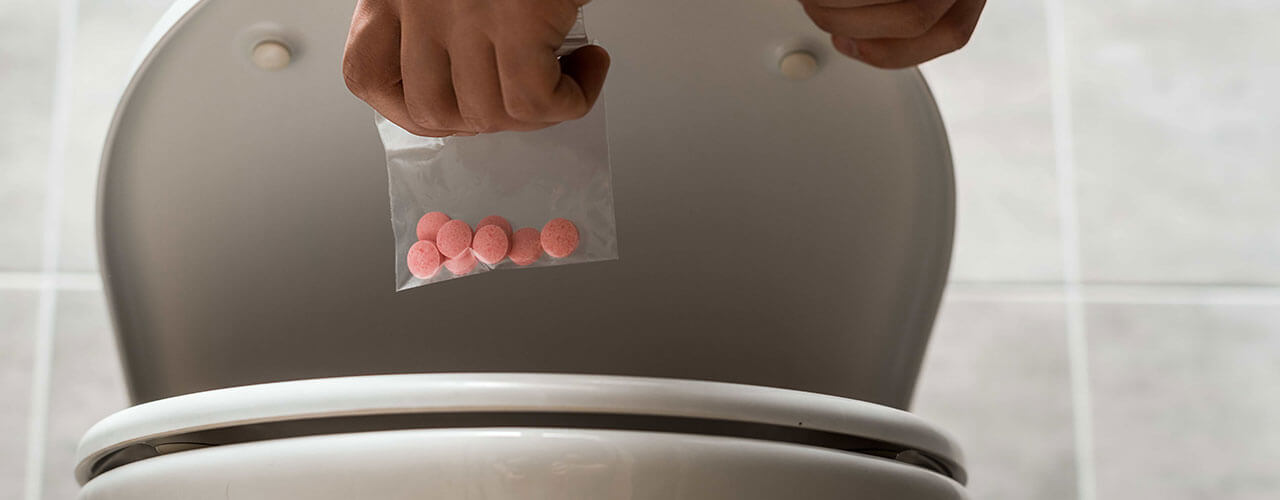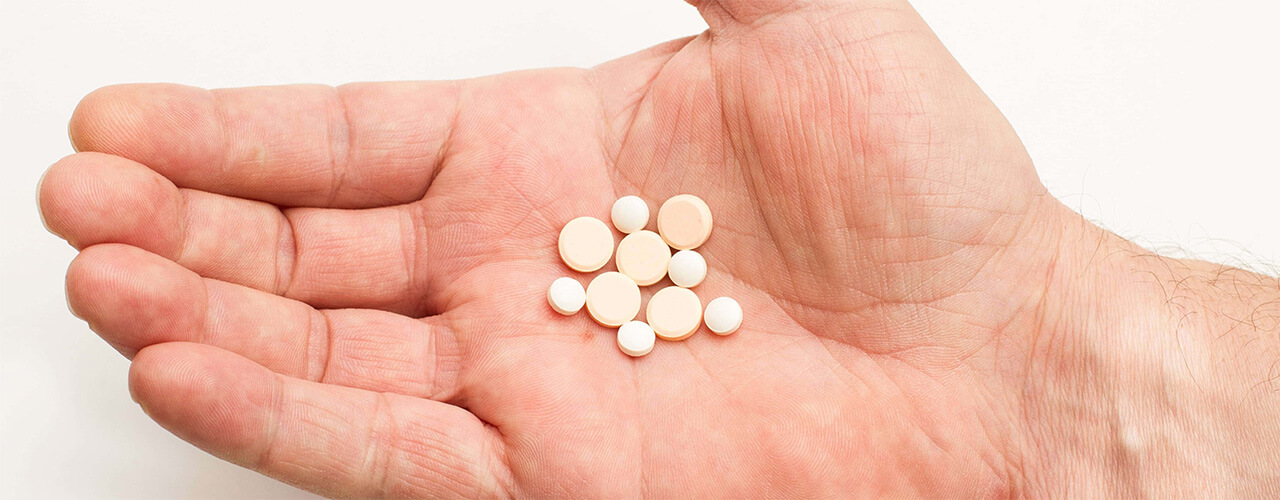Long-term opioid consumption is not a good strategy for managing chronic pain. In addition to the risk of addiction, opioids simply alleviate the symptoms (pain) of a larger problem. For very real, measurable improvement over chronic pain, physical therapy has been proven to be a much better option than opioids or other pharmaceutical painkillers. If you are considering opioids for pain relief but would like to explore other options first, contact our office to talk with a physical therapist.
Opioid Treatment is Not a Cure
The opioid epidemic in America has gotten so bad in recent years that the Centers for Disease Control and Prevention (CDC) is now recommending that patients explore alternative options for pain relief. The CDC recommends that opioids now be considered as a “last option” for only the worst pain cases. Alternative and holistic pain relief methods, including physical therapy, are not as fast as opioids, but these methods do not carry the extreme risks of addiction and overdose.
It’s important that anyone suffering from pain should understand that opioids will not solve the underlying physical problem that is causing the pain. In fact, opioids can make the original problem even worse.
For example, suppose a person is suffering chronic pain several months after having shoulder surgery. The wound from surgery has long since healed, but the pain persists. If that patient relies on opioids to dull the pain, they run the risk of re-injuring their shoulder. Pain is the way the body tells us that something is wrong. With opioids removing the pain, that patient might be using their shoulder muscles incorrectly and ultimately making the underlying problem worse.
If that same patient were to work with a physical therapist on pain relief, they stand a much better chance of eliminating the pain entirely. Their shoulder could be healed through physical therapy, manual therapy, proper exercise, body mechanics and posture work — all without turning to addictive opioid painkillers.
Physical Therapy as a Long-Lasting Pain Cure
Researchers at Stanford University have shown that turning to physical therapy early on, as soon as a person is diagnosed with musculoskeletal pain, reduced the need for opioid pain prescriptions by 7 to 16 percent. Among patients who did require opioids for pain relief, the duration of using painkillers was reduced by as much as 10 percent.
Physical therapy helps patients to cure the source of the pain, rather than ignoring the source by dulling the pain. If a patient suffers from arthritis or any other type of chronic pain, a physical therapist can teach that patient the proper ways to move and utilize key muscle groups so that the pain source does not worsen. Another goal of physical therapy will be to strengthen muscle groups that support aching or painful parts of the body, so that real healing can take place.
Your choice to pursue physical therapy will not be a quick solution to pain relief, in most cases. But your physical therapist will construct a customized plan that will produce measurable results in pain relief. Because the work will be geared toward curing the source of the pain, you can often eliminate the need for prescription painkillers or opioids.
If you suffer from chronic pain and want to know more about how physical therapy can help, call our office today to schedule your first appointment with a licensed physical therapist.
Tags: opioid










